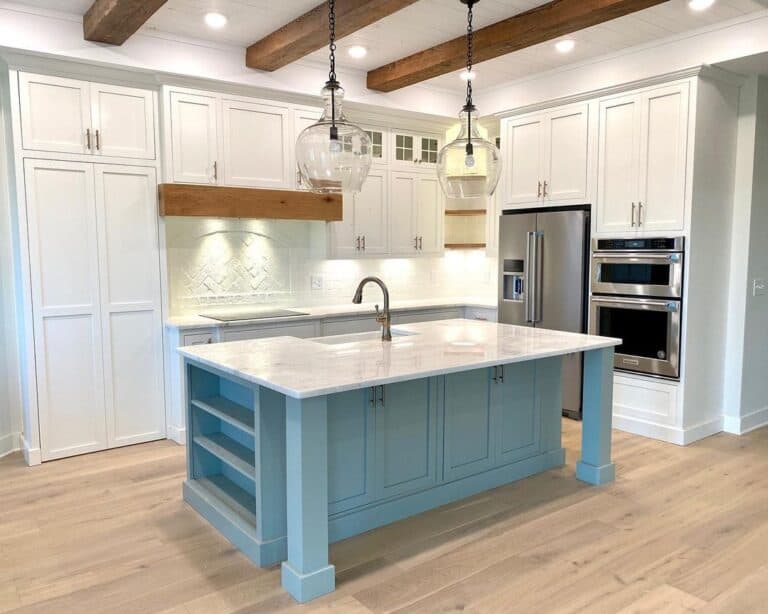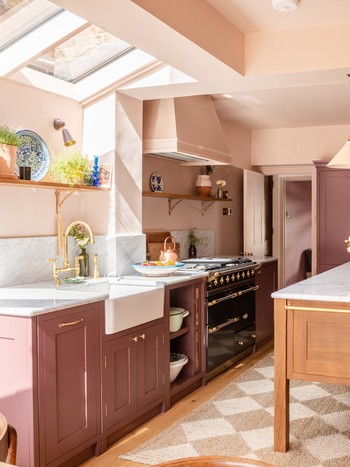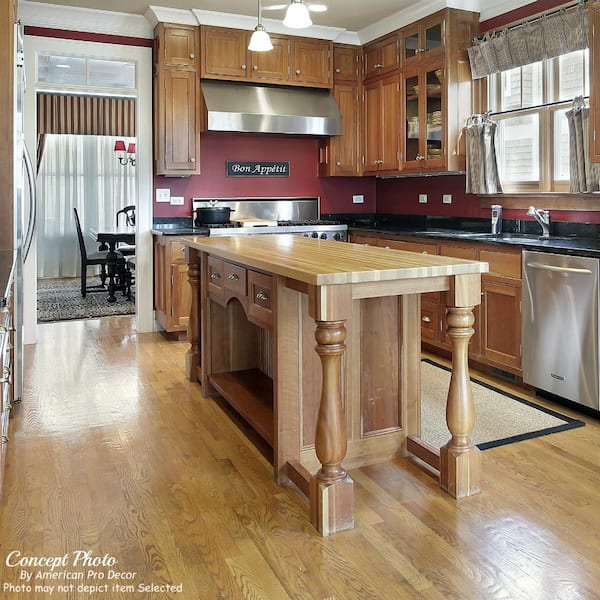Add Beauty and Personality to Your Area with Legs For Kitchen Island Creations
Add Beauty and Personality to Your Area with Legs For Kitchen Island Creations
Blog Article
An Overview to Picking the Perfect Legs For Kitchen Area Island for Your Home
Picking the suitable legs for your kitchen area island is a nuanced choice that impacts both the performance and visual charm of this main room. Factors such as elevation, products, and design play an important function in balancing your island with the overall kitchen style. Furthermore, understanding the importance of stability and upkeep can significantly influence your option. As you take into consideration these aspects, it comes to be evident that the appropriate legs can transform not just the look of your kitchen however likewise its usability for many years to come. What specific functions should you focus on in this choice process?

Comprehending Cooking Area Island Legs
When selecting legs for a kitchen area island, it's important to understand their useful and visual duties in the general style. The legs function as an important support group, ensuring security and resilience for the island, which typically operates as a workspace, dining area, or gathering spot. Therefore, the option of material and building and construction strategy have to be durable adequate to endure everyday usage and prospective wear.
Along with their architectural obligations, legs add dramatically to the island's visual charm. They can enhance the cooking area's style, whether via conventional, contemporary, or diverse layouts. The elevation and percentage of the legs are likewise important considerations; they need to harmonize with the island's countertop height while guaranteeing comfy seating for those making use of the room.
Moreover, the leg design can influence the total circulation of the cooking area. Open, ventilated leg styles can develop a feeling of lightness, while solid, substantial legs might communicate a much more based and secure aesthetic - Legs For Kitchen Island. Comprehending these practical and aesthetic aspects will certainly guide house owners in making informed options that complement their cooking area's style and improve its functionality
Popular Styles and Materials
The choice of legs for a kitchen island encompasses a variety of popular styles and materials, each offering one-of-a-kind attributes that can boost both capability and looks. Among the most desired styles are contemporary, rustic, and traditional. Contemporary legs typically include streamlined, minimal styles that highlight simpleness and clean lines, making them optimal for modern kitchens. Rustic styles, on the various other hand, accept natural aspects and often display redeemed wood or troubled coatings, including warmth and beauty to the space. Standard legs generally display elaborate information and workmanship, improving traditional kitchen area layouts.

Height and Stability Factors To Consider

Security is an additional vital consideration. The legs of the kitchen area island must offer appropriate support, making sure that the structure can endure day-to-day usage without tottering or shifting. Material option plays a considerable role in security; steel legs, for instance, tend to supply greater strength contrasted to timber. Additionally, making sure that the island is securely anchored to the flooring or wall surface can enhance stability, specifically for bigger islands that may bear considerable weight.
Matching Your Cooking Area Visual
Picking the right legs look at this website for your cooking area island goes beyond performance; it also plays a considerable function in the general aesthetic of the space (Legs For Kitchen Island). When picking legs, take into consideration the design style of your cooking area.
Legs that complement or comparison with your island's surface and surrounding kitchen cabinetry can develop aesthetic harmony or striking focal factors. Additionally, consider the finish of the legs; matte, glossy, or distinctive coatings can considerably affect the general feeling of the cooking area.
Installation and Upkeep Tips
Installing kitchen area island legs calls for careful attention to detail to guarantee both security and visual charm. Make use of a stud finder to locate wall studs if you are attaching the legs to a wall or making use of braces for added assistance.
When safeguarding the legs, make use of top quality screws and, if required, wood glue for extra strength. For steel legs, guarantee that you are making use of appropriate supports and tools to prevent damage to your flooring. It is suggested to inspect for levelness after setup, making changes as required to avoid tottering.
Upkeep go to this site is equally vital for durability - Legs For Kitchen Island. Routinely inspect the legs for any indications of wear or loosening, especially in high-traffic locations. Clean the legs with an ideal cleaner, staying clear of unpleasant materials that might scratch the surface. For wood legs, take into consideration using a wood conditioner occasionally to keep their coating. By complying with these installment and upkeep tips, you can ensure that your kitchen island legs continue to be both aesthetically appealing and useful.
Conclusion
To conclude, picking the proper legs for a kitchen island requires careful consideration of height, security, and visual compatibility. By choosing appropriate products and styles that line up with the general kitchen area style, functionality can be enhanced while maintaining aesthetic allure. Proper setup and continuous maintenance even more add to the longevity and long life of the cooking area island. Inevitably, thoughtful leg choice plays a critical duty in elevating both the practicality and style of the kitchen space.
When selecting legs for a cooking area island, it's crucial to recognize their functional and visual duties in the overall design. Open, ventilated leg designs can create a sense of agility, while solid, considerable legs might communicate a more grounded and secure aesthetic. The legs of the kitchen island ought to give sufficient support, guaranteeing that the framework can withstand everyday use without tottering or shifting.Installing kitchen area island legs requires mindful attention to detail to ensure both security and aesthetic allure.In verdict, picking the ideal legs for a kitchen area island navigate to this website necessitates careful consideration of height, security, and visual compatibility.
Report this page